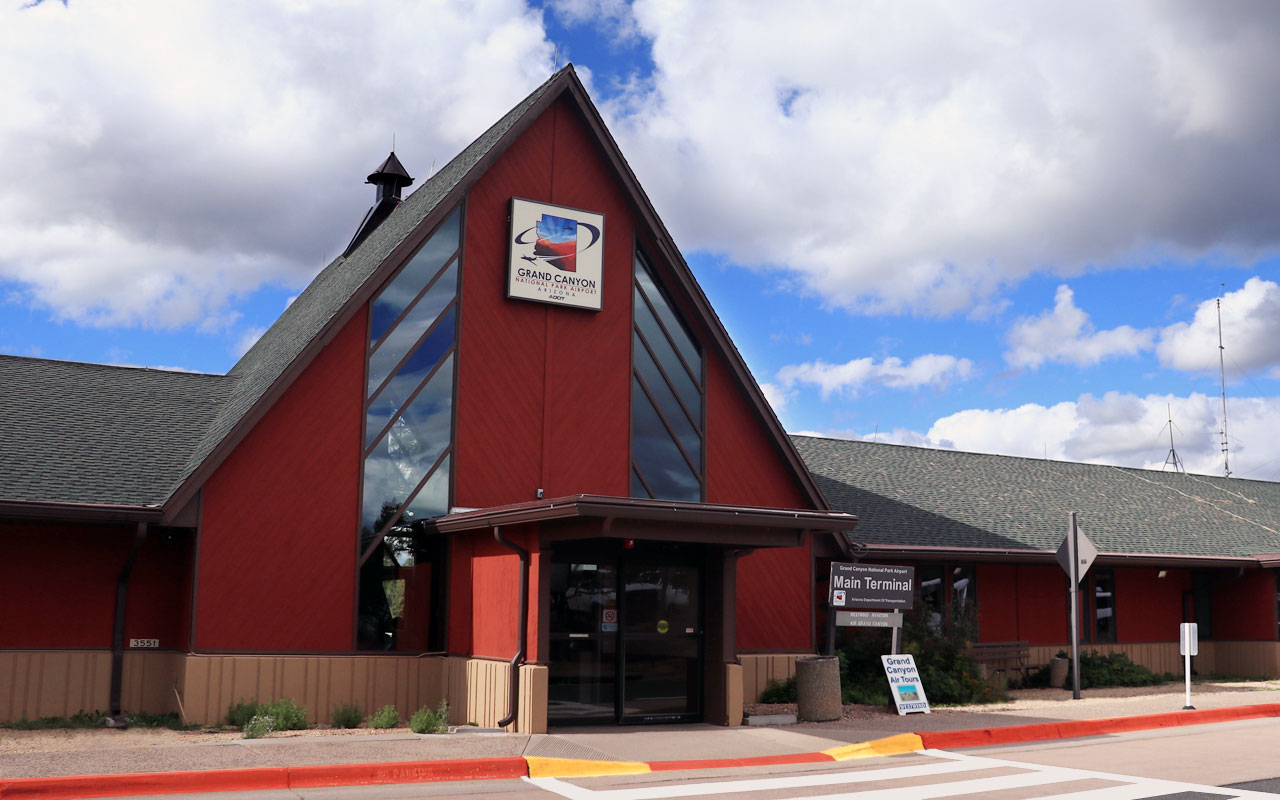
Are you poised on the precipice of a Grand Canyon adventure? Or perhaps you’re grappling with the vexing question: which airport offers proximity to this awe-inspiring natural wonder? This inquiry is indeed paramount for those who yearn to immerse themselves in the breathtaking landscapes of one of the Seven Natural Wonders of the World. The conundrum lies in identifying the best entry points that not only facilitate access but also enhance the overall experience of your visit.
Travelers seeking an excursion to the Grand Canyon typically consider two primary airports: Grand Canyon National Park Airport and Flagstaff Pulliam Airport. Each presents unique advantages and potential challenges. Let us embark on this exploration to discern which airport may serve as the optimal gateway to your breathtaking escapade.
1. Grand Canyon National Park Airport
Situated a mere three miles from the South Rim of the Grand Canyon, Grand Canyon National Park Airport shines as a convenient and expedient choice for adventure-seekers. A small regional airport, it offers flights primarily from Las Vegas, Tucson, and select locations in Arizona. Its proximity to the park ensures that time spent in transit is minimized, translating to more moments of wonder as you gaze upon the rugged beauty of the canyon.
However, while its close distance to the Grand Canyon is alluring, a salient downside is its limited flight options. Travelers may find themselves at the mercy of fewer available routes and potential higher ticket prices due to a lack of competition. Consider this: if you prefer redundancy in your travel logistics and an array of flight choices, this airport’s offerings might pose a challenge.
2. Flagstaff Pulliam Airport
Flagstaff Pulliam Airport, located approximately 80 miles from the Grand Canyon, emerges as another potential entry point. This airport accommodates a broader selection of airlines, including American Airlines and United, which means more flight times and potentially lower fares. For those who prioritize affordability and variety, Flagstaff might be the more advantageous option.
An additional perk of Flagstaff is its picturesque surroundings—nestled amidst the ponderosa pine forests, it beckons travelers to indulge in scenic vistas even before arriving at the Grand Canyon. The city itself is an excellent base for further exploration, boasting attractions such as the Lowell Observatory and the historic Route 66. Nevertheless, the lengthier travel time to the Grand Canyon could be a deterrent for those anxious to reach their destination quickly. One must weigh the allure of city explorations against the ticking clock of adventure.
3. Page Municipal Airport
Another significant entry point worthy of consideration is Page Municipal Airport. Located about 120 miles from the Grand Canyon’s North Rim, it is a viable option for those intending to explore both the Grand Canyon and nearby attractions such as Antelope Canyon and Lake Powell. The airport is serviced by regional airlines and has direct flights from Phoenix, which can appeal to those journeying from the southern part of the state.
While Page Municipal Airport is an intriguing option, the additional distance from the Grand Canyon may elongate the travel itinerary. Travelers should be prepared for a longer drive or the need to secure accommodations in the area if a more leisurely exploration of both the canyon and surrounding locales is on their agenda. The distinctive landscapes around Page offer dramatic beauty, yet one must ponder: does the longer drive detract from the initial thrill of reaching the Grand Canyon?
4. Pros and Cons Recap
Each airport presents its own distinctive set of advantages and drawbacks. Grand Canyon National Park Airport shines with its proximity to the South Rim but is limited in flight options. Flagstaff Pulliam Airport balances convenience with a wider range of airlines, albeit with an extended travel time. Page Municipal Airport grants access to surrounding attractions but introduces another layer of complexity to travel logistics. Therefore, careful consideration of individual preferences—be it expediency, cost, or supplementary exploration—will determine the most suitable airport choice.
5. Transportation Options
Public transportation options, while available, are often limited and may require meticulous planning. For those who relish the thrill of spontaneity, consider the merits of guided tours that encompass transportation. These excursions can offer a comprehensive overview of the canyon’s history and geological features, adding an educational layer to your adventure.
6. Conclusion
